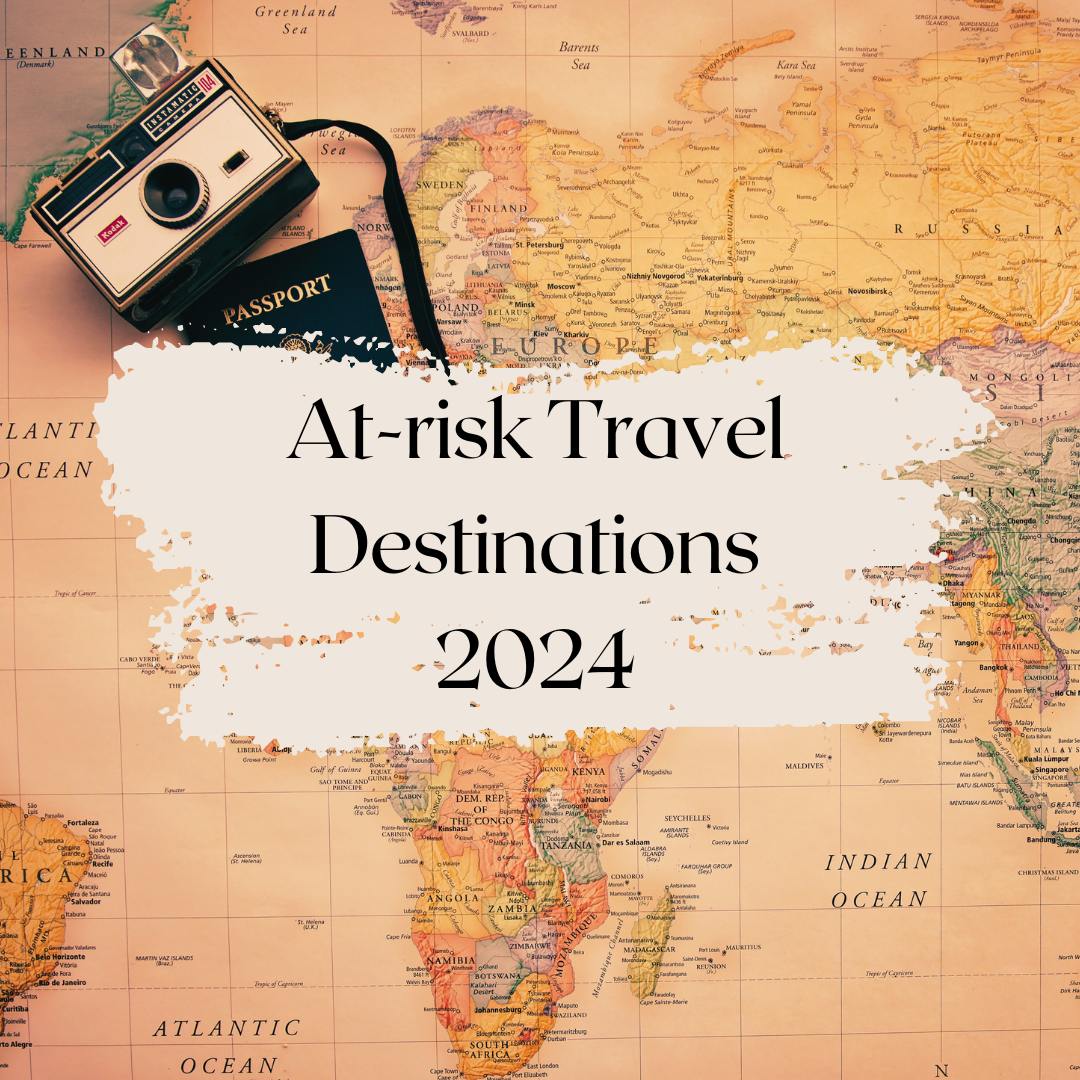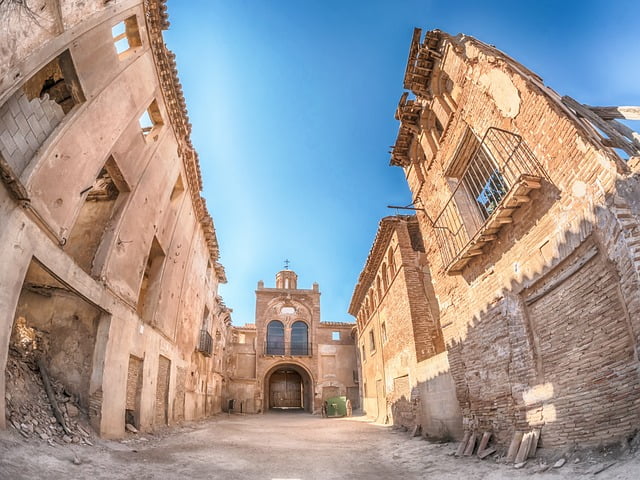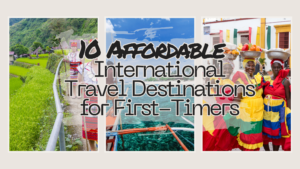Let’s start the year wading through the cautionary landscapes of 2024 as we unveil destinations that pose foreseen challenges. We’ll delve into the intricacies that make these places less favorable for travel this year, due to pollution, overcrowding, health and security concerns, political tensions, or other factors.
The risky destinations to visit in 2024 are Lake Superior, Koh Samui, The Ganges River, Ha Long Bay, Mount Fuji, San Gabriel Mountains National Monument, and Atacama Desert. And the most dangerous countries to visit are South Sudan, Syria, Congo, Yemen, and Afghanistan according to the latest Travel Risk Map with their full list of dangerous destinations.
We highlight regions where a second thought might be prudent before setting out on your adventures. So join us as we navigate the dynamics of travel, urging a reconsideration of the usual wanderlust in light of the evolving global landscape.
Key Takeaways:
- Destinations facing environmental concerns warrant a second thought before embarking on a journey.
- There are dangerous destinations with ongoing geopolitical tensions in some regions that may impact your travel plans this year.
- Reassess and stay informed. We’ll shed light on places where violent crime and safety concerns far outweigh the adventure.
Exploring Risky Terrain: Places to Avoid in 2024
The following places are at risk of environmental deterioration. They all need time to breathe, and time to heal. You not going there this year is one “mitigating measure” that may save them for future generations of travelers.
Lake Superior, North America
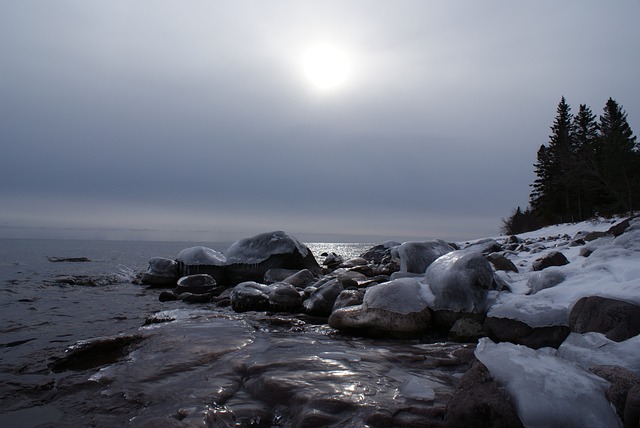
Lake Superior, the largest freshwater lake in the world by surface area, is facing multiple environmental challenges. It’s under threat due to rising water temperatures and pollution, which has led to fish consumption advisories and a compromised ecosystem. This affects the health and traditions of local communities.
Tourists are leaving trash behind at campgrounds and stressing the environment to its limits. The warming waters and the disappearance of ice threaten the livelihood of coastal towns that rely on winter tourism.
Lake Superior is cleaner than many lakes. Yet it still faces threats from contaminants, microplastics, and agricultural runoff, affecting water quality.
The Risk:
The lake would be at greater risk if no preservation efforts are implemented. The challenges it faces are real and potentially harmful to its long-term health.
Koh Samui, Thailand
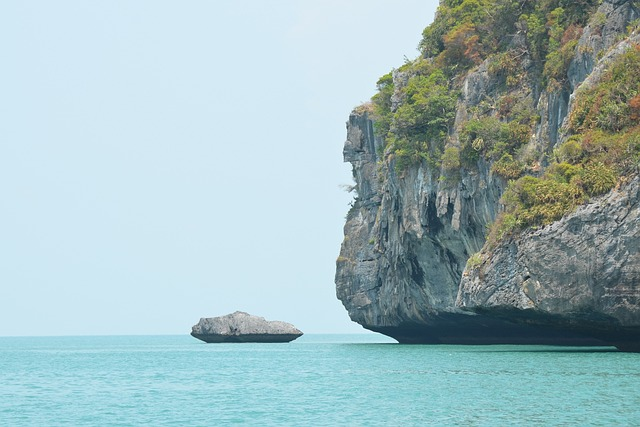
Koh Samui has evolved from primarily agrarian to a tourism economy. The growth of its tourism industry led to improved infrastructures – roads, high-end hotels and restaurants, and internet access. But with the arrival of visitors came the jet-skis, increased traffic, and trash.
Koh Samui hasn’t been all sunshine and smiles in recent years. While it remains one of Thailand’s most beautiful destinations, it now suffers from severe water shortages. Groundwater depletion and saltwater intrusion threaten the island’s freshwater supply.
The Risk:
Inadequate garbage treatment and lack of recycling infrastructure result in overflowing landfills, contaminating the beaches and oceans. Destructive fishing practices and degraded coral reefs lessen snorkeling and diving activities.
The future of Koh Samui depends on how effectively it addresses these environmental challenges. Sustainable tourism, conservation efforts, and eco-friendly options should be in place to ensure the island’s beauty for future generations.
The Ganges River, India
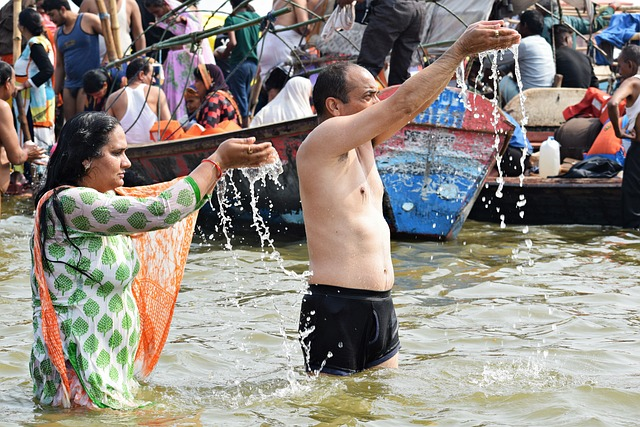
Ganges River is considered sacred in Hinduism, but it’s heavily polluted. Untreated sewage from cities and industrial waste from factories along the riverbank severely pollute the water, making it unsafe for swimming or direct contact.
Pollutants from chemical plants, textile mills, slaughterhouses, and hospitals are being dumped untreated into the river, further contributing to its pollution.
The Risk:
Dams, agriculture, and climate change have also taken a toll on the river, leading to falling water levels, compromised water quality, reduced flow, and increased pollution.
Ganges River, India also faces the emergence of antibiotic-resistant bacteria, which poses health risks to tourists and those who rely on its waters.
Ha Long Bay, Vietnam
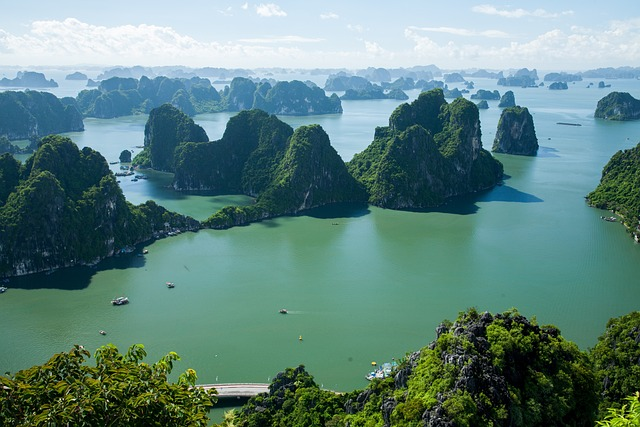
Ha Long Bay is a UNESCO World Heritage Site. Its towering limestone formations, emerald waters, and hidden caves offer unparalleled scenic beauty – enough to make it to any traveler’s bucket list. But its popularity has led to overcrowding of foreigners, especially during peak season, which causes congestion and trash production. These and the collection of coral from the water for tourists not only affect the environment but also ruin the bay’s natural beauty and uniqueness.
The Risk:
Ha Long Bay is a popular tourist attraction. It welcomed 6.8 million visitors in 2023. There are over 40 international cruise ships and hundreds of tourist boats operating in the area. The trash from these cruise ships and tourist boats is a primary source of water pollution and has led to the disposal of untreated wastewater directly into the bay.
Over tourism and unregulated boat traffic have been identified as factors that speed up the erosion and landslide processes in the area, posing a threat to the iconic Kissing Rocks of Ha Long Bay. The corrosion at the base of the rocks is at risk of collapse if no measures are taken to protect and reinforce them.
Mount Fuji, Japan
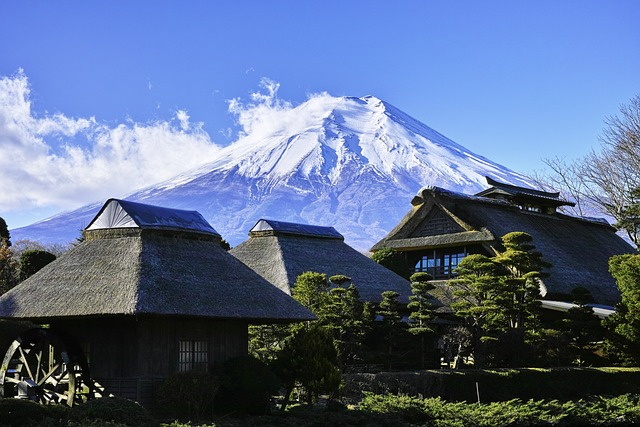
Mount Fuji is in a secure place. The Japanese, in their frenzied admiration, often depict Mount Fuji in their art, literature, and religion. It’s one of Japan’s sacred mountains. It was listed in the Unesco World Heritage Site as a cultural property in 2013 due to its scenic beauty.
As the country’s symbol and tallest peak, the mountain is certainly included in the bucket list of most tourists in Japan. Famous for hiking and camping, it offers a unique opportunity for visitors to learn about its rich history and cultural significance.
The Risk:
However, overcrowding of tourists has led to reckless littering on its slopes, spoiling the once-pristine habitat. Garbage and human waste left on its trails, and large parking lots are an eyesore on the mountain’s landscape.
Although responsible tourism supports local communities surrounding Mount Fuji and contributes to their economic well-being, some travel experts express concerns about the lack of existing infrastructure to manage the influx of visitors effectively.
Too many visitors could lead to erosion and waste management issues, and could put pressure on the volcano’s already fragile ecosystem.
San Gabriel Mountains National Monument, Southern California
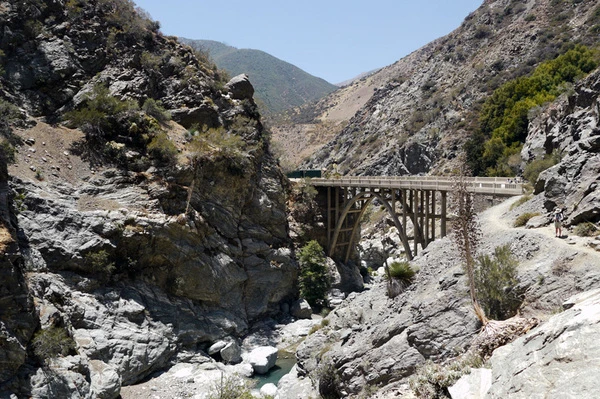
The San Gabriel Mountains National Monument struggles with limited funding. It’s overseen by the US Forest Service. The land within the monument, however, is under the shared jurisdiction of San Bernardino and Los Angeles County.
The monument’s popularity has resulted in over-tourism, which strains infrastructure, creates parking difficulties, and negatively impacts the experience of those who visit the place.
The Risk:
Increased tourists’ recreational activities like hiking, camping, and mountain biking have led to trail erosion and disturbance. Some areas have become flooded with trash – diapers, food wrappers, and even mattresses, which indicates a lack of proper waste management.
Despite these challenges, conservation efforts within the San Gabriel Mountains National are ongoing. There’s growing awareness of the need for responsible recreation. Several measures are being implemented to address trash removal, invasive species control, and environmental education.
Atacama Desert, Chile
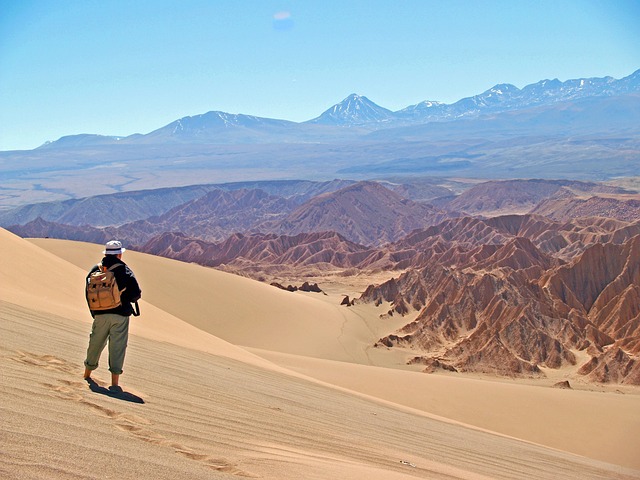
The Atacama Desert is a geologic wonderland, boasting stunning formations and thick salt deposits called playas. It’s been a desert for over 150 million years, making it the oldest of its kind on Earth.
Atacama Desert is a secure place. It offers a mix of adventure, cultural experiences, and wellness activities to travelers. Tourist arrivals have steadily increased, providing economic benefits but also bringing challenges like waste management, petty crime, overcrowding, and potential cultural strain.
But its extreme aridity, lack of vegetation, and inhospitable conditions make it a challenging environment for human life and have led to its characterization as the driest place in the world.
Mining, human settlement, and mountains of discarded clothing, shoes, scrapped tires, and cars contribute to soil pollution and degradation.
The Risk:
Atacama Desert, Chile is facing increased water stress due to climate change and reduced precipitation, which affects wildlife, traditional farming practices, and tourism activities.
Its unique and fragile ecosystem has prompted calls to expand the region’s protected areas, limit mining activity, and create wildlife corridors over roadways to preserve its natural beauty and resources.
Countries that are in an ongoing civil war
Here are the dangerous destinations that travelers shouldn’t visit this 2024, according to International SOS. In the 2024 Risk Map by the risk assessment firm, these countries were ranked based on: the impact of climate change, medical dangers, security, and political violence.
South Sudan
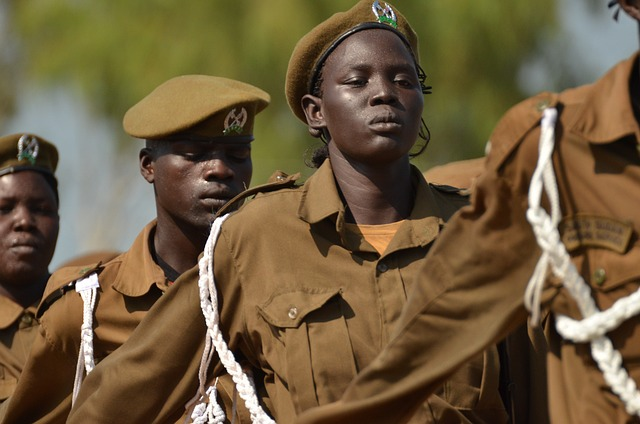
The Fragile States Index (FSI) from The Fund for Peace 2023 annual report ranked South Sudan 3rd among the “most fragile states” in the world, indicating its instability and vulnerability to conflict. Travelers are advised to avoid all travel to South Sudan this year due to several specific risks.
It’s considered a dangerous country. There are serious threat of violent attacks by armed groups targeting travelers. South Sudan is vulnerable to floods, heat waves, drought, and wildfires. The onset of the rainy season and climate-related alerts pose additional risks to travelers.
Syria
The US State Department, the UK’s Foreign, Commonwealth and Development Office (FCDO), Canada, Australia, and the risk assessment firm International SOS have issued travel advisories to tourists against any form of travel to Syria.
The Syrian government is struggling with political violence and widespread crime in the city, which threaten the lives of its local populations. Social unrest, kidnappings, and the risk of unjust detention of travellers.
People are advised to avoid specific areas due to the heightened danger associated with the ongoing war.
Avoid any travel to Syria. There were reported acts of terrorism, extortion of money, and other crimes, which should serve as a stern warning to those planning to visit Syria.
It’s a dangerous country. Terrorist attacks and infrastructure damage affect essential services, including medical care and transportation.
While government-controlled regions like the city of Damascus is considered safe, travel experts advise against visiting Syria due to the risk of extreme violence.
Other countries in an ongoing domestic strife are:
- Afghanistan
- Central African Republic
- Colombia
- Congo
- Ethiopia
- Iraq
- Libya
- Mali
- Myanmar
- Somalia
- Yemen
Conclusion:
The exploration of at-risk places in 2024 illuminates the need for conscientious travel choices. By avoiding destinations facing environmental and geopolitical challenges, we contribute to their preservation for the sake of future generations.
As global landscapes evolve, there’s concern and an incessant need to tread lightly. Avoid going to dangerous places where there’s a threat to life and limb.
FAQs:
What are the countries that are currently at war?

Russia and Ukraine. The conflict in Ukraine involves the ongoing turmoil in the eastern Donbas region, where Ukrainian government forces are fighting against Russian-backed separatists.
The conflict between Israel and Hamas in Gaza is a sensitive issue not everyone is willing to talk about. But it’s real and it’s happening. It threatens the peace and stability in the region. It affects the livelihood of the people.
What are the countries involved in an armed conflict right now?
- Burkina Faso
- Cameroon
- Congo
- Afghanistan
- Ethiopia
- Mali
- Mozambique
- South Sudan
What does ACLED do?
The ACLED Conflict Severity Index measures conflict severity in countries and territories using these indicators: deadliness, danger, diffusion, and fragmentation. It aims to accurately account for and compare levels of conflict severity, based on a country’s score across these indicators. Launched in January 2023, its expanded version based on an updated methodology was released in late September 2023.
Which countries have the longest periods of peace in their history?
•Switzerland has never been attacked by any other country. Its strong army goes through much training. Switzerland has managed to remain peaceful and neutral since 1515.
•The Vatican City has rarely been in any clash, either.
•Iceland ranks first in the Global Peace Index as the safest country in the world. It has never engaged in any wars and has maintained a policy of neutrality.
What’s International SOS and what does it do?
International SOS is a health and risk assessment firm that offers security consulting, risk analysis, and crisis management services to help organizations and individuals reduce exposure to, and mitigate health, and wellbeing.

